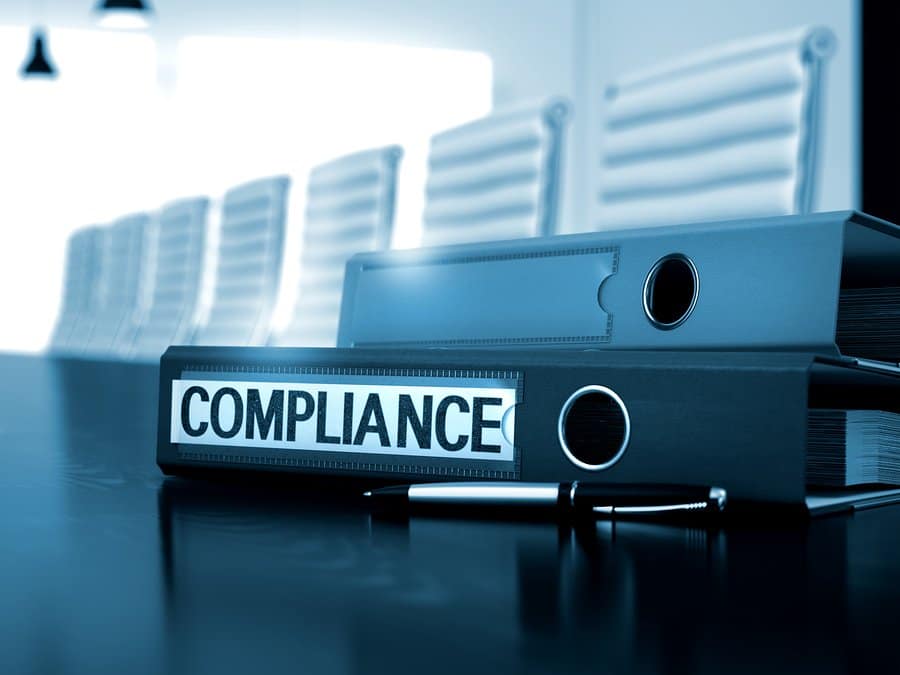
Last Phase of Canadas Anti-Spam Legislation (CASL) Rolls Out July 1
Overview
Source: CRTC
In February 2016, Subscription Insider wrote a best practice report on Canada's Anti-Spam legislation (CASL) designed to protect Canadians from electronic spam and to work toward a safer, more secure online marketplace. The majority of that legislation went into effect on July 1, 2014, section 8 of the CASL Act went into effect on January 15, 2017, and the remaining portion - sections 47 to 51 and 55 of the Act - come into force on July 1, 2017. When CASL was enacted, it...
HELLO!
This premium article is exclusively reserved for Subscription Insider PRO members.
Want access to premium member-only content like this article? Plus, conference discounts and other benefits? We deliver the information you need, for improved decision-making, skills, and subscription business profitability. Check out these membership options!
Learn more about Subscription Insider PRO memberships!
Already a Subscription Insider PRO Member?
Please Log-In Here!









